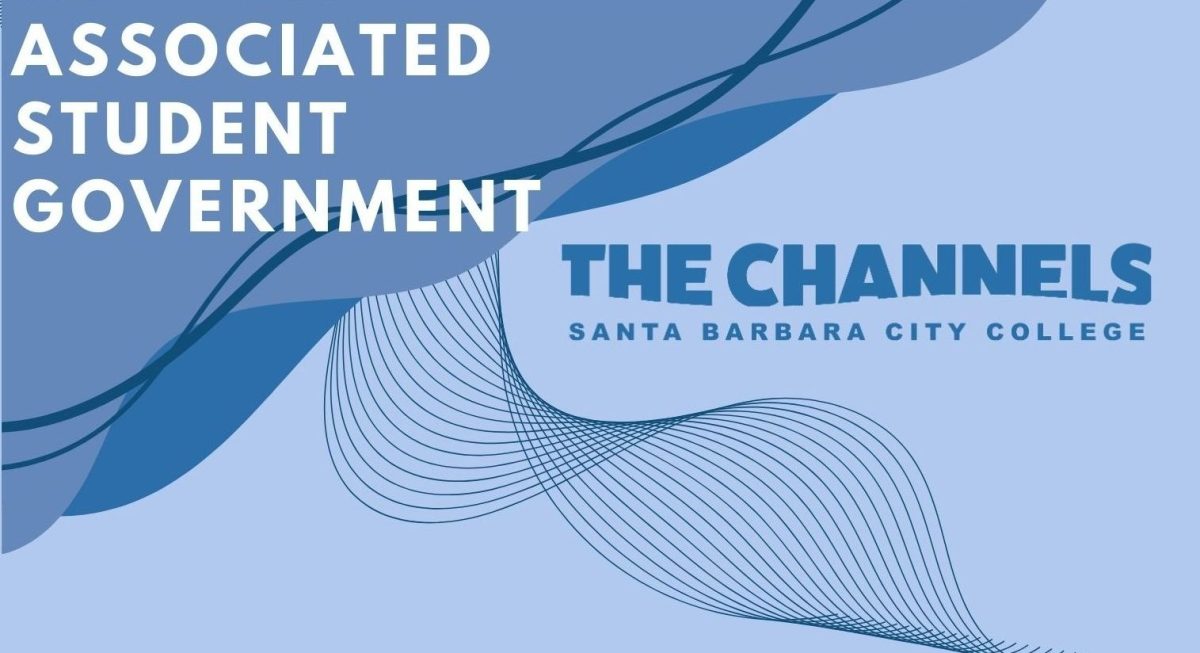Some students here at City College start drinking early-really early.
At their 7 a.m. CA 201 “Wines” class, students learn about wine, its flavors, how it’s made, what it tastes good with, and yes, they get to taste wines before most students even eat breakfast.
The class, taught by winemaker and connoisseur Antonio Gardella, used to be open only to culinary arts students. But with the addition of an evening class, it is now open to all City College students. Both classes meet once a week on Thursday, and each lecture explores a different region where wine is made.
Gardella recently returned from a three-day trip to Burgundy, France, where he toured wineries, sponsored by Henriot Inc.
He spoke animatedly about his trip, skipping no details about the sloping vineyards, the wines, the food, and the hundreds of wineries of all sizes that he visited.
“He’s very passionate and truly knowledgeable,” said student Patrick Green, who is pursuing a degree in culinary arts.
Most of the students in the morning class are there because it is required for their Culinary Arts degree, or for scheduling reasons. But there are some early risers who enroll in the class by their own interest.
“Even though it’s in the morning and I’m sleepy, it’s nice to wake up listening to stories. Plus, you get good parking,” said student Jane Lituinko.
However, the difference between the 7 a.m. and 6 p.m. classes is not as great as you might think.
“The students are quieter and your palette is different,” said Randy Bublitz, department chair of the Culinary Arts program. Gardella said he actually prefers the morning class because he feels one’s palette is fresher first thing in the morning.
The class starts out with a lecture and ends with students retrieving wine glasses from the wash rack.
Gardella then hand pours enough wine for a small taste into each glass.
They start by examining the color and clarity of the wine by holding it over a sheet of white paper.
They then swirl and smell the wine, trying to identify the different aromas.
Students describe their 2002 Hangtime Chardonnay as peppery and musty, with fruits like pears and pineapple present.
Bublitz explained that spitting out the wine is encouraged so that tastes do not linger, and so that the student can clearly distinct the next wine.
Students must be 21 years of age to join the class, but if they are enrolled in the culinary arts program they can be 18 years of age or older.
Gardella participates, although he lets the students decide what they think before adding his own observations.
Tasting the wine, he takes a sip, purses his lips and runs the wine through his mouth twice before swallowing and then smacking his lips softly.
The class decides the wine is sweet, buttery and fruity, and Gardella says it would be good with cheeses, with a creamy sauce, or even by itself before a meal.
And if terms like flabby, good legs, and full-bodied seem to describe a woman’s body instead of wine, that’s okay.
This class isn’t just for serious wine enthusiasts; it’s an introductory course that teaches students about every aspect of wine.
“Wine is like riding a bike,” said Gardella.
“The first time is scary, but once you get experience, you feel really comfortable.”







